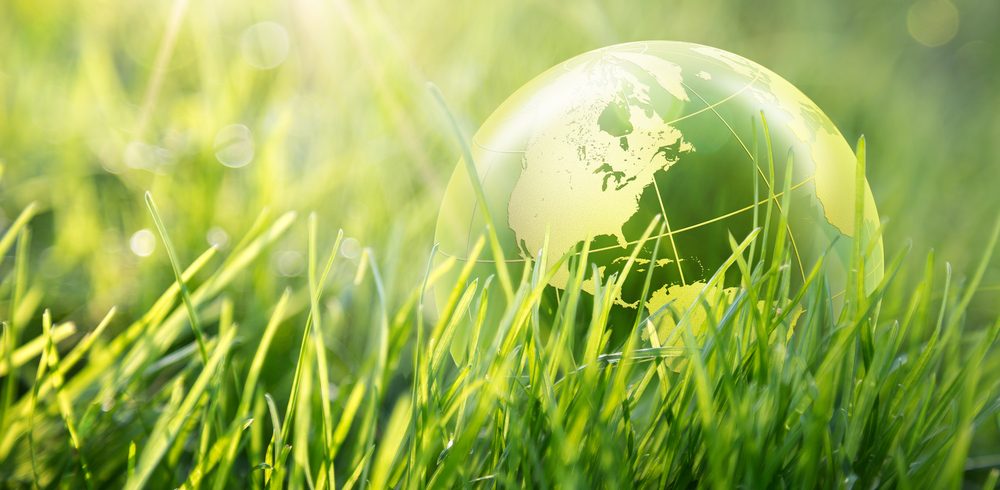One of the biggest issues holding back the widespread use of plastics and, in turn, challenging plastics engineers and manufacturers is decomposition, or rather, the inability to properly recycle materials organically. Unlike organic materials such as wood and even many metals, plastics cannot be digested by animals or degraded by the environment. In fact, plastics present potentially lethal consequences for unsuspecting mammals and microorganisms. Moreover, should they be ingested by key food producers such as plants and livestock, humans are put at great risk of intoxication. This, of course, comes in addition to the problematic effect of plastics disposal in terms of oceanic and land pollution.
There is research to suggest, however, that plastics are entering a new horizon of biodegradability and could well be the food source of the future â specifically for the latest breeds of bacteria, fungi and small organisms. In recent years, a host of microorganisms appear to have developed a resistance to the toxicity inherent in plastics and, moreover, developed a penchant for polymers.
Just last month, biologists in Japan discovered a new species of bacteria capable of consuming plastic. Named Ideonella Sakaiensis 201-F6, the bacteria is able to break down plastic by using two enzymes to hydrolyse Polyethylene Terephthalate (PET). PET is the most common thermoplastic polymer resin of the polyester family and is found in drinks bottles as well as clothing. By breeding and employing the bacteria on landfill and ocean dump-sites, researchers hope to cut plastics pollution considerably.
Itâs by no means the first advance in a biodegradable plastics future; the discovery follows the development of a plastic-eating fungus back in 2014. Researchers at Austriaâs Livin Studio found that edible fungi, Fungi Mutarium, can be cultivated on a combination of waste plastics and agar jelly providing certain environmental control variables were in place. At maturation point, the fungus has broken down and consumed the plastic, leaving no waste product, and can be safely ingested by humans. If harnessed, Fungi Mutarium could well be the latest and most environmentally-friendly way to grow your own.
On a somewhat less palatable note, Stanford University found that mealworms, too, are able to feed of plastics, including the less degradable of all â polystyrene. Research by the Californian institution suggests the darkling beetle larvae can degrade polystyrene into useful organic material at a rate of between 0.35-0.4 milligrams a day. Furthermore, styrofoam-fed mealworms displayed no difference in growth rate or health to those feeding on a normal diet of grains, fungi and dead plants during the month-long experiment. If commercialised, mealworms could â like Ideonella Sakaiensis 201-F6 â be used to digest discarded plastics on a large-scale.

The ability to recycle plastics without increasing either carbon emissions or threatening the natural environment is something for which industries have been searching for an epoch. These pioneering developments in organic decomposition are amongst the most promising signs that an environmental plastics future is possible, and they could well be the innovative answer to the multimillion dollar question.















